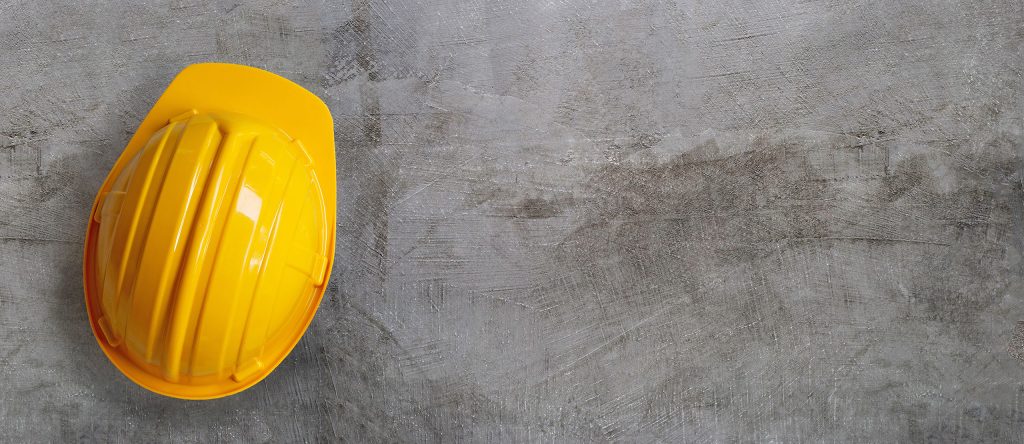You might not have heard the term polyaspartic before, except at a spelling bee. A common definition for a polyaspartic coating is “a protective layer of aliphatic polyurea that is applied to metal or concrete floor surfaces.” Well, that clears things up, doesn’t it? Let’s put it in terms related to epoxy coatings: polyaspartic coatings are super-tough, clear topcoats that adhere to the surface of your epoxy coatings, offering tremendous durability and protection for your concrete floor.
Polyaspartic Origins
Near the end of the 20th century, the German chemical company Bayer developed a material that could be applied to surfaces as a liquid, but which then hardened into a solid. The end result was a layer of material that was exceptionally resistant to corrosion, erosion, and extreme temperatures. It was later referred to as a polyaspartic coating. The material found preliminary applications for steel surfaces in harsh environments and inclement weather. Soon afterward, it was applied to concrete, resulting in the same resilient protection.
Over the years, polyaspartic coatings have protected storage tanks, bridges, pipelines, and even truck beds. They offer similar protection as a polyurethane coat, but at a higher level, and their volatile organic compound (VOC) level is listed as low-to-zero. Polyaspartic coatings not only provide a rigid protective layer, like a suit of armor, but also resist ultraviolet light – any color, patterns, or decorations displayed underneath them are therefore protected from fading.
Bringing it Back to Epoxy Coatings
Polyaspartic coatings work very well with epoxy coatings as a protective topcoat. Within a few hours they turn from liquid to solid, effortlessly adhering to your epoxy floor. Although they are typically clear, Nevada Custom Coatings has the option of adding a color tint to your polyaspartic coatings. While epoxy floors are very durable and protective, polyaspartic coatings are even more so. Adding this extra layer of protection is the perfect way to make sure your floor remains in great condition for a lifetime.
In most cases, polyaspartic coatings can be added to epoxy floors already in place with a little preparation, typically mildly sanding the surface to prepare the epoxy for adhesion. This also provides an opportunity to add texture to your epoxy floor’s surface if you choose to do so. But polyaspartic coatings are an uncompromising topcoat – once in place, it won’t let anything through. If your concrete floor, building foundation, or work area requires a breathable material, polyaspartic coatings are not the best choice.
Thankfully, the experts at Nevada Custom Coatings have experience with a wide variety of sealers, topcoats, and coatings. We’re happy to take a look at your circumstances and discuss the best materials to meet your needs. We also appreciate answering any questions you have about polyaspartic coatings, epoxy coatings, concrete stains, sealers, or other protectants for your concrete floor. Give our office a call, or schedule a free consultation online so we can help you learn more about polyaspartic coatings and whether they are the right choice for your concrete or epoxy floor.


